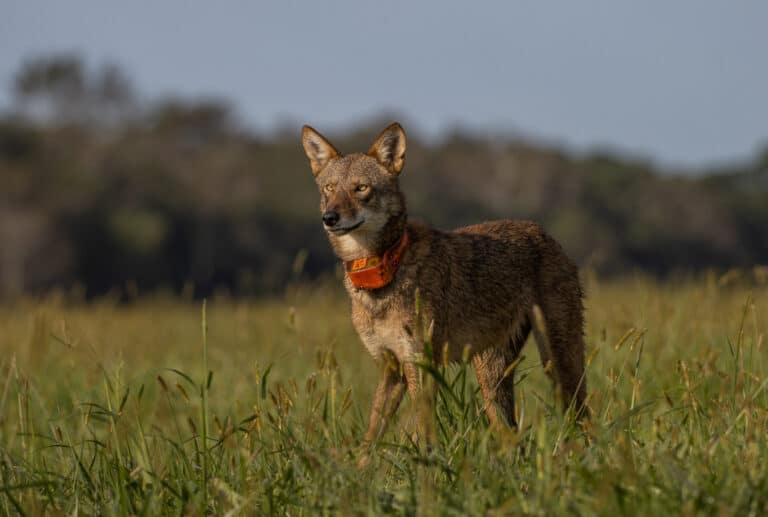It’s simple math: You can go farther if you carry less weight, and the tent is usually the heaviest single item in your pack. Get your tent weight down to the bare-bones minimum with one of these new three-season ultralight tents designed to cut weight while still keeping you protected.
Nemo Equipment Meta 1 Nemo’s first foray into a trekking pole design (the company is famous for its air-supported tents) is ridiculously light for the amount of space you’re given. The tent has 26 square feet of floor space and plenty of head room thanks to the A-frame pitch. And unlike most one-person tents, the Meta gives you a decent vestibule so you don’t have to sleep with your backpack. This is one of the most livable one-person tents you’ll find on the market, and it weighs as little as your average bivy. The catch? You need a trekking pole to support it. 1lb, 9ozs. $289.95. nemoequipment.com MSR Carbon Reflex 3 MSR is following the successful launch of last year’s Carbon Reflex 2 with a three-person version of the uber-light tent. MSR used the same basic design for the three-person version, including a bathtub floor and carbon fiber poles—but then added more tent volume and two doors with vestibules. Most three-person tents are actually two-person tents with a little extra space for backpacks, but the Carbon Reflex feels roomier because of the steep sidewalls and lofty head room. 4lbs, 7ozs. $599.95. msrgear.com
The North Face Flight Bivy Bivies aren’t for everyone, but if you travel solo and aren’t claustrophobic, the bivy is the simplest approach to backcountry shelter. The Flight Bivy is uber-light, stuffs tightly in your pack, and requires no set-up whatsoever. Simply unstuff and crawl in. Made with a tough taffeta floor and waterproof ripstop nylon upper, the Flight keeps the elements out. There’s plenty of room for your pad, sleeping bag, and a small pack at your head, but be prepared to leave a larger pack outside. 1lb, 7ozs. $129. thenorthface.com
Big Agnes Fly Creek UL2 With the two-person Fly Creek, Big Agnes continues its quest to create the lightest tents on the market. Weight is saved by using a predominantly mesh body with a silicone-treated rip-stop nylon floor and base. The ventilation is excellent, and Big Agnes cut more weight from the tent by making the poles from a new, lighter, more durable aluminum. Our tester liked the simplicity of the three-pronged single pole, which eliminates the guesswork surrounding tent set-up. 2lbs, 2ozs. $349.95. bigagnes.com TENT CARE 101
You probably dropped three Benjamins on that collection of aluminum and space-age nylon, so it would behoove you to take care of it. Follow these simple steps, and you won’t have to buy a new tent for years to come.
Avoid sunny campsites: UV rays destroy nylon. The occasional “tent tanning” won’t do much damage, but repeatedly setting up camp without tree cover will degrade the quality of your tent walls.
Use a footprint: Footprints cost and weigh a little extra, but it’s the single best way to protect the bottom of your tent from wear and tear.
Fold it creatively: Folding your tent the same way every time creates permanent creases in the fabric, which become weak spots in the tent walls. Instead, fold your tent in different places each time you pack it up.
Unpack it at home: As soon as you get home, unpack your tent and inspect it for dampness. If it’s a little wet, set the tent up in a dry spot and let it air dry for a day.
Wash your tent: Once a year and after any muddy trip, clean your tent by wiping it with a sponge and warm water. If it’s particularly grungy, use a non-detergent soap. Be sure to let it dry thoroughly afterward.








